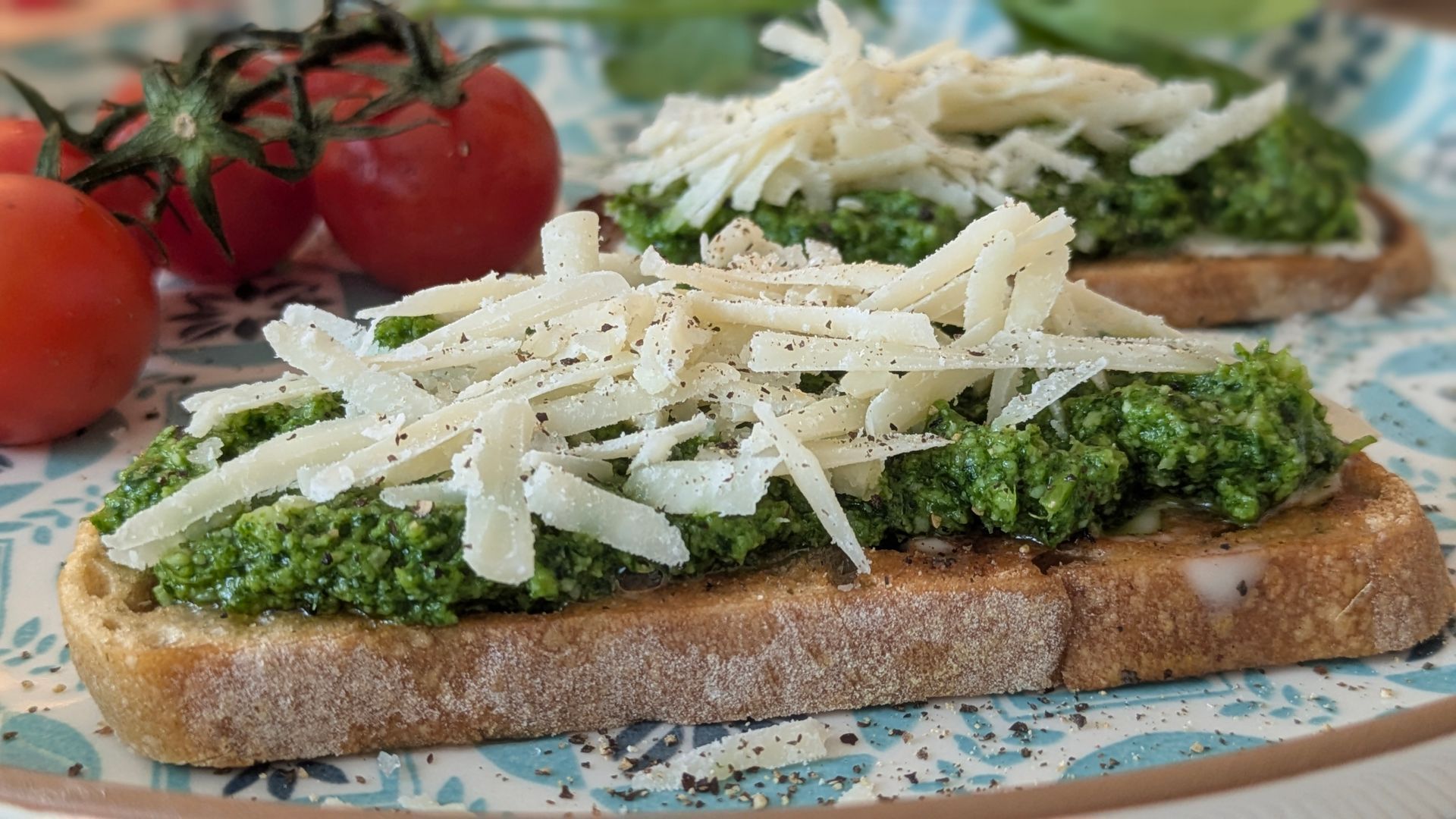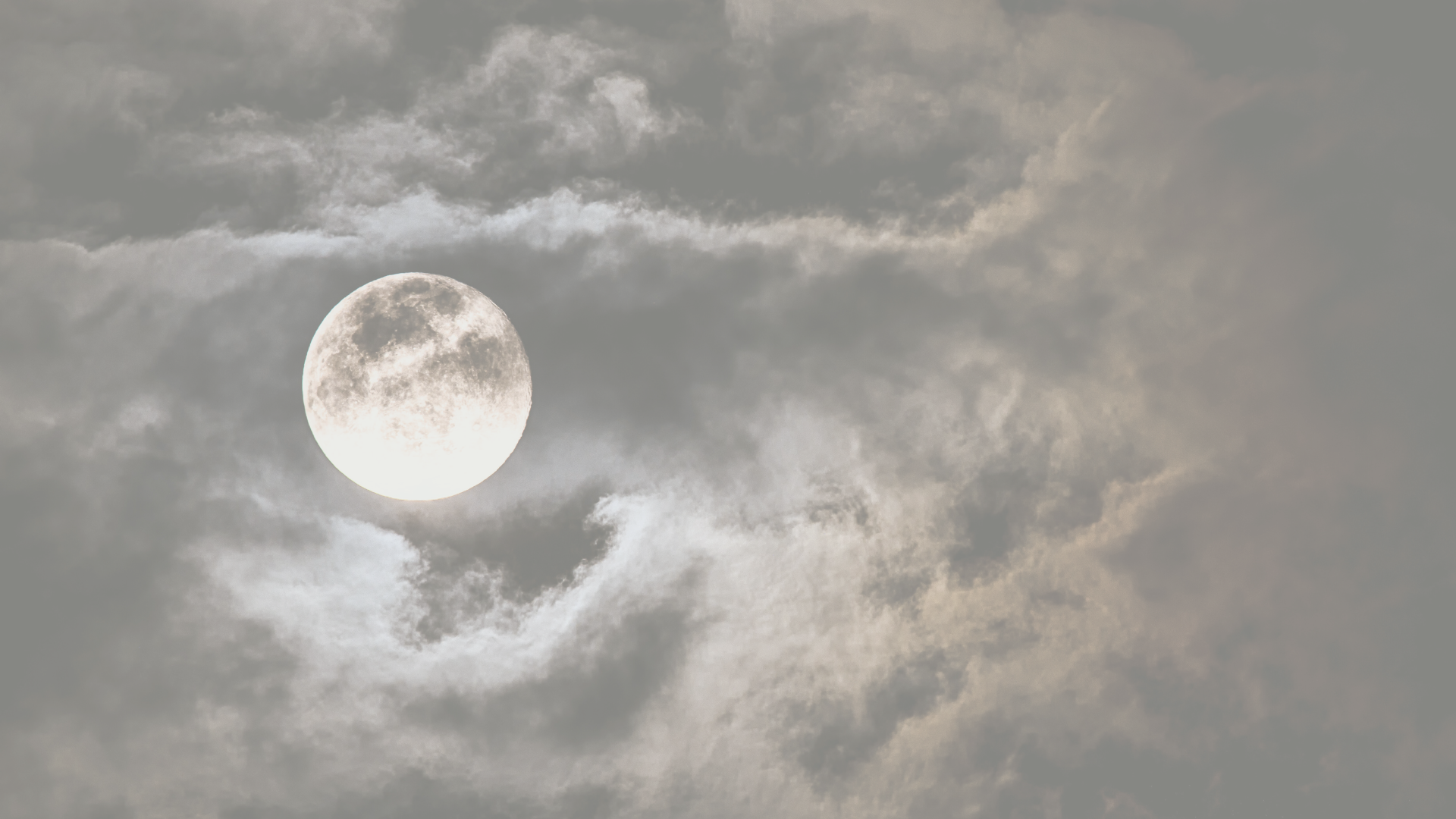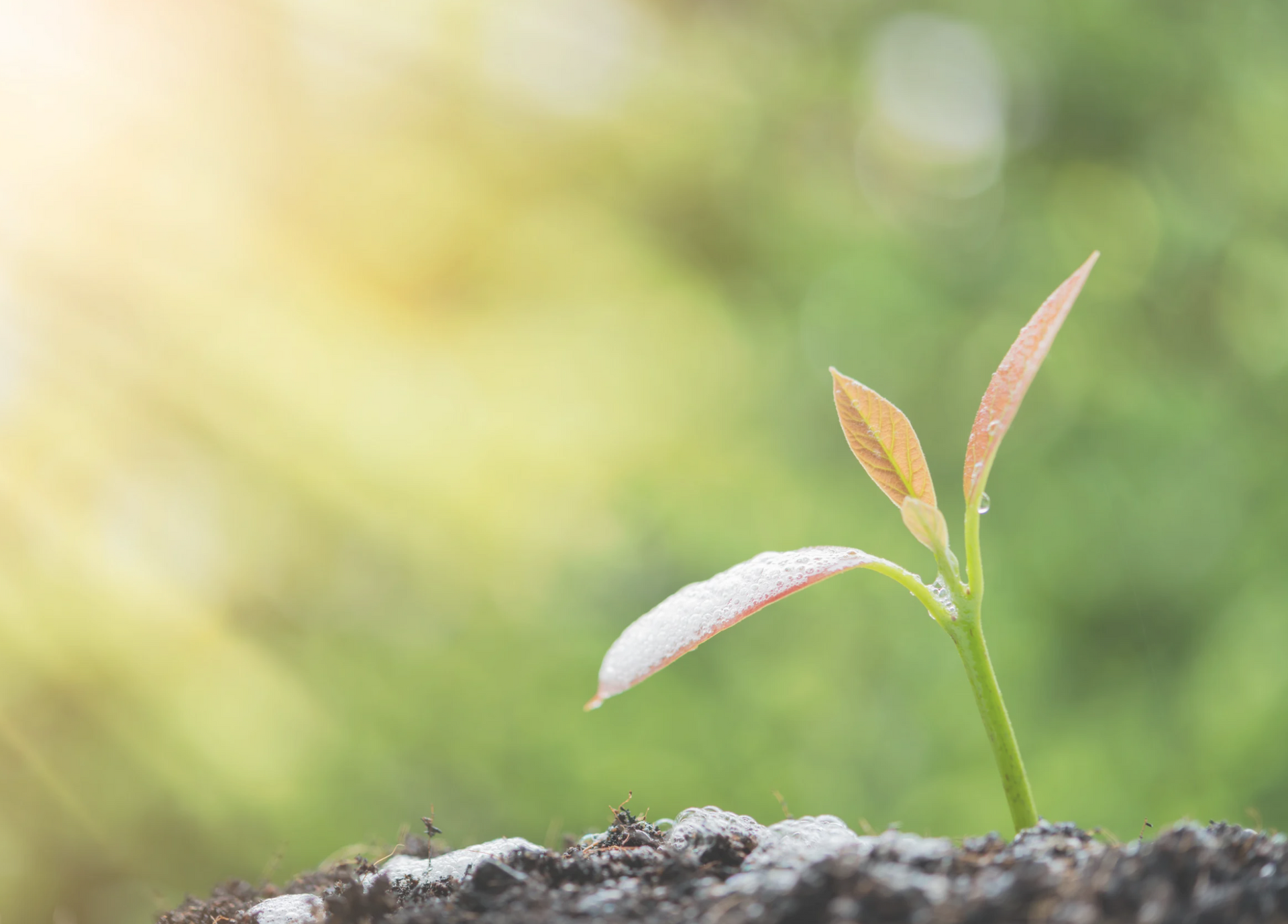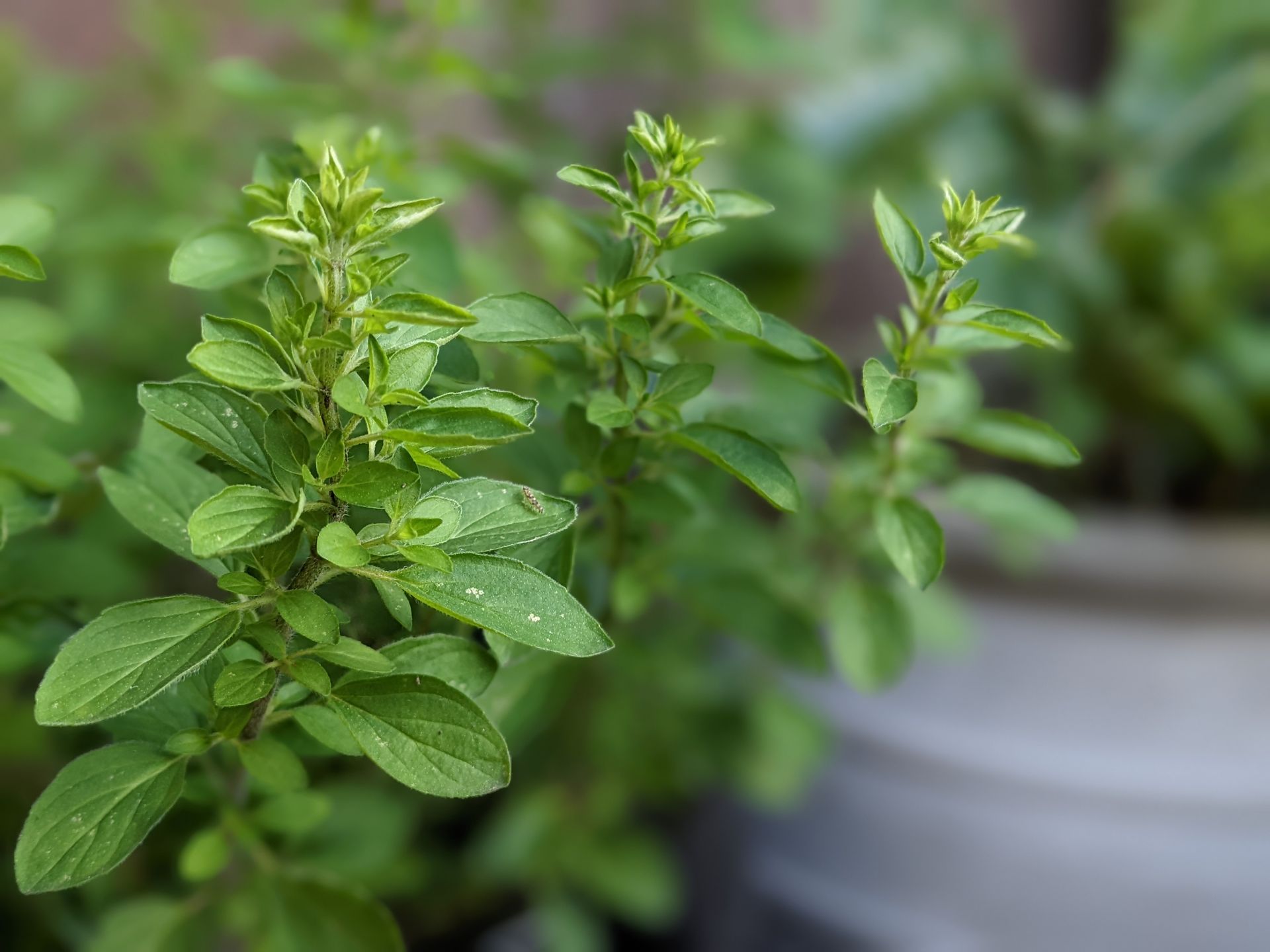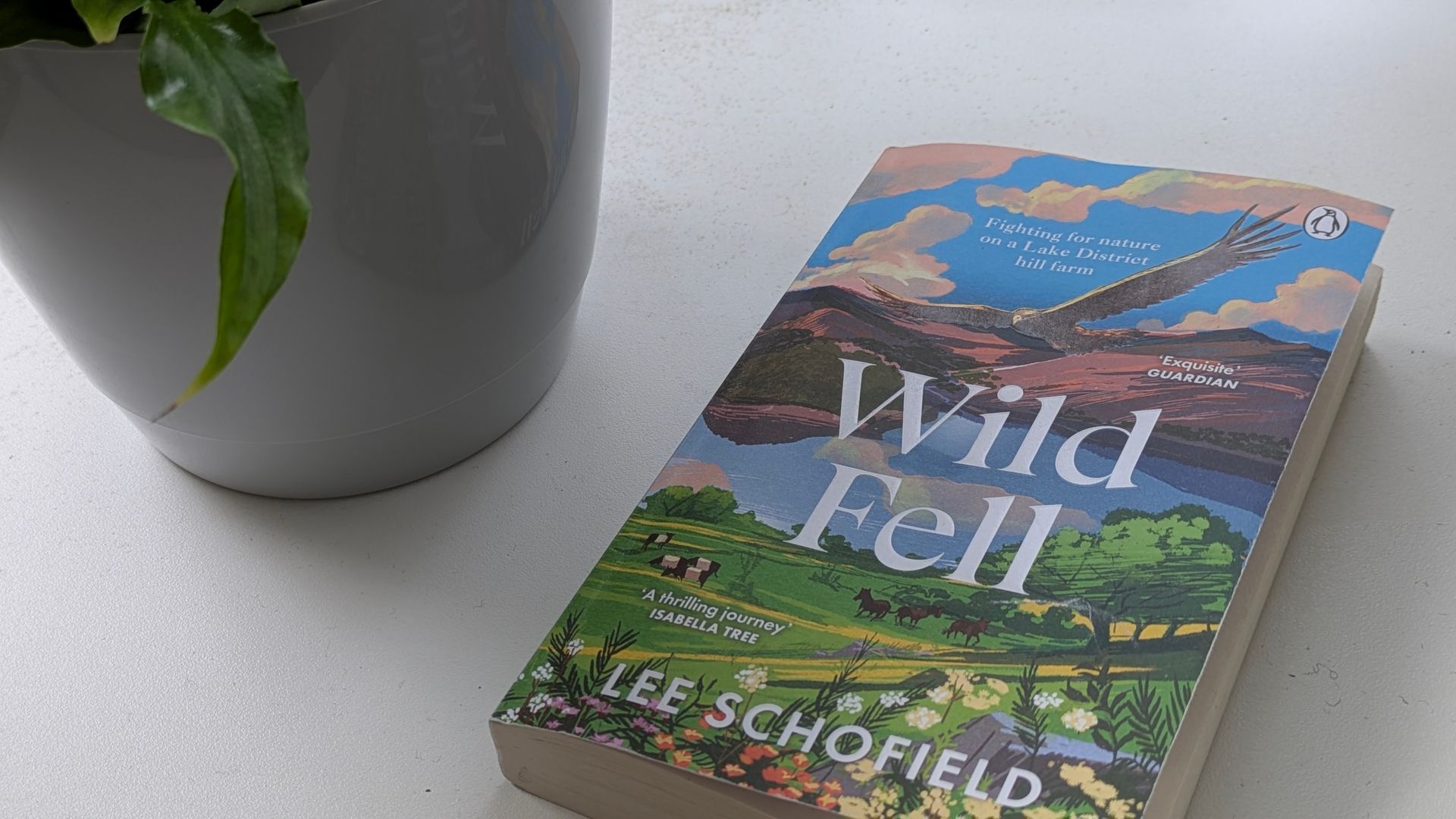A Healing Herb (Sage)
Sage is an aromatic herb used for centuries for healing and flavouring
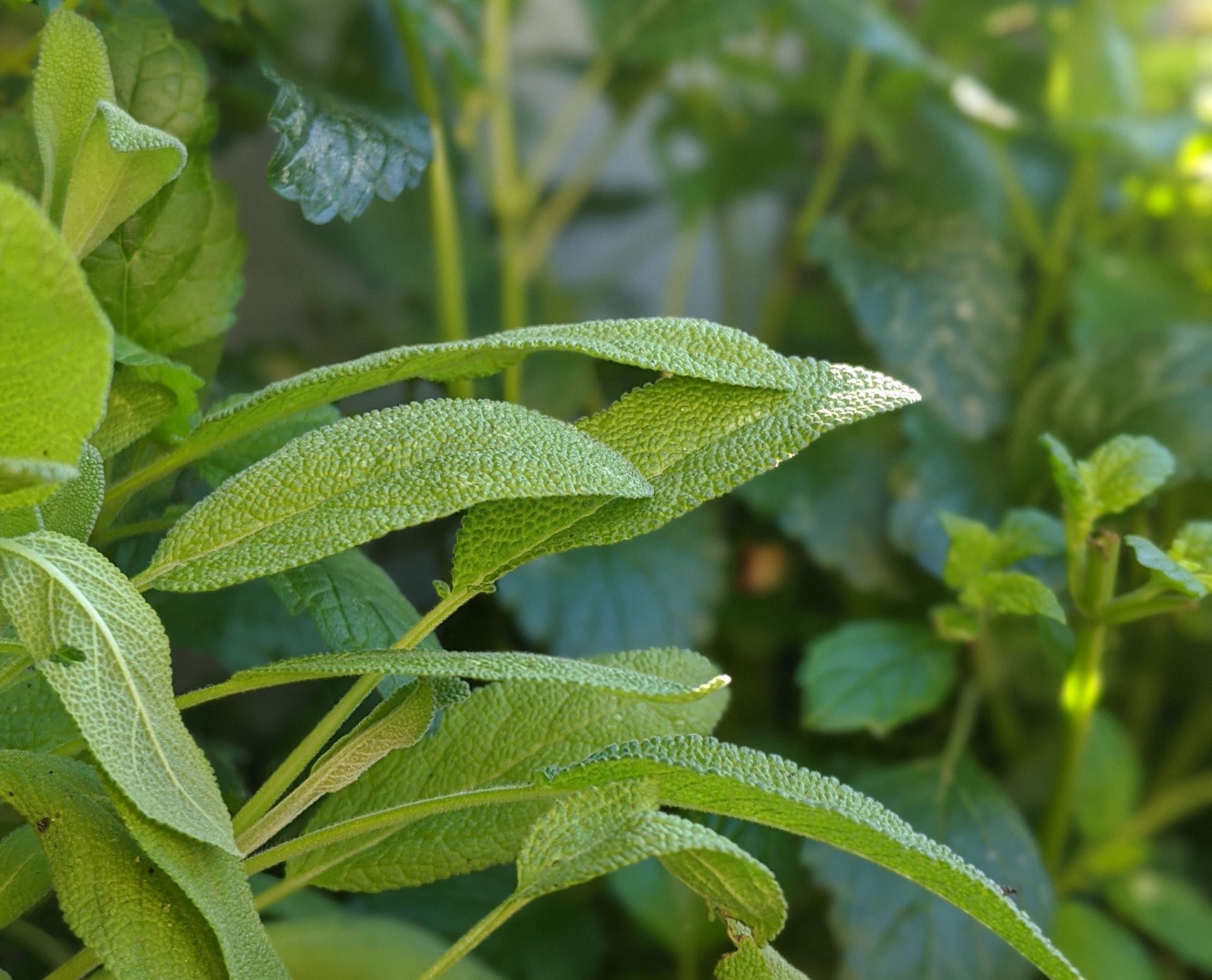
A Healing Herb Guide
Sage is the ninth herb to feature in my new Healing Herb Guide.
Sage, also known as Common Sage, Garden Sage, Purple Garden Sage, Tricolor Garden Sage, Golden Sage and Berggarten Sage which has no bloom, only soft, silvery green leaves.
Sage is a green leafy herb with bushy soft-colored foliage that bursts into a profusion of purple-blue spikes in early mid-Summer. Sage flowers are adored by bees and butterflies, and with their aromic scent, make a beautiful addition to any garden.
Sage has long stems with narrow, lance-shaped leaves that grow upwards on pale sweeping stems. Mature leaves can be characterised by their greyish green colour and their fuzzy texture with a soft silvery bloom. Some young leaves have a purple tint and all leaves have a musky, camphor aroma that deters mosquitos by upsetting their sensory receptors. Sage has an earthy, peppery flavour which becomes more intense when leaves are dried.
Sage has long been used for cleansing one’s inner spirit and outer surroundings. Smudge Sticks (see below) are made of dried Sage leaves and are popular for clearing work spaces and homes. Sage has earned respect for being a wise and powerfully healing herb - it is a true gift that should be used every day and celebrated.
I hope you enjoy discovering the life-giving and healing benefits of Sage - a wonderful addition to any diet with many different uses for your general good health, nourishment and wellbeing.
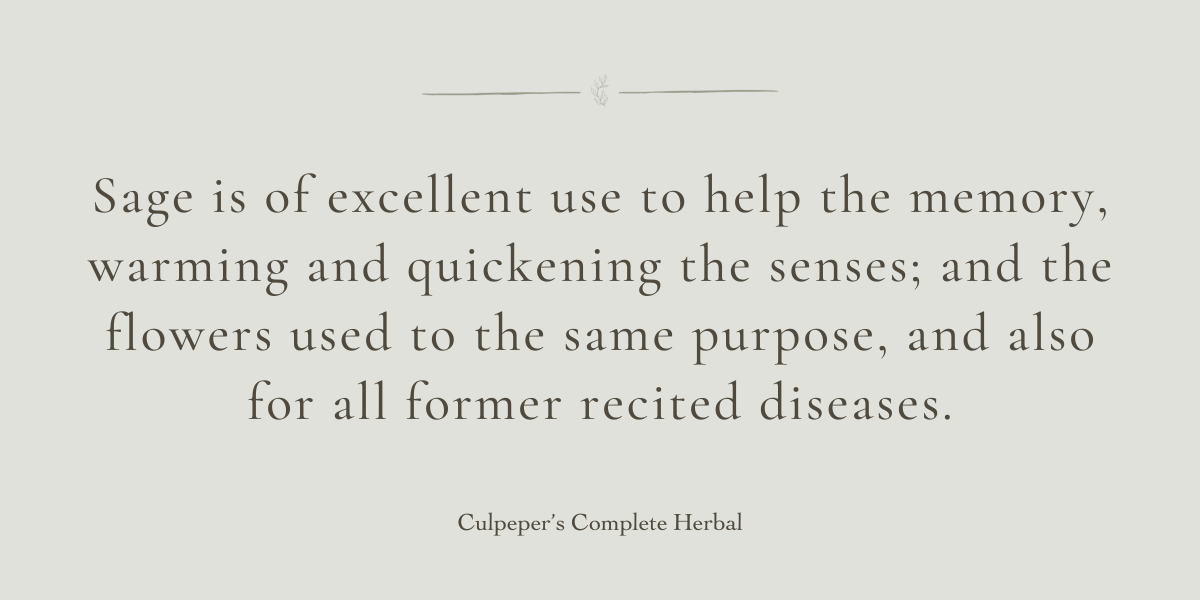
Folklore
Sage's Latin name, Salvia, means to save or to heal, and refers to the herb's many healing properties. It is a long-held view that this special plant can heal all ailments. The Romans regarded sage as a holy herb and used it to whiten their teeth. They believed it aided memory function, and Romans and the Egyptians used Sage to preserve meat and to help with fertility.
In Pagan times, Sage was used as general medicine. It was an old English practice to eat Sage every day in May as this was thought to grant immortality. Today, Sage is used to stimulate cell renewal and is known to increase blood circulation. It is rich in calcium and vitamin A, both of which are needed for daily cell regeneration. This renewal process is known to minimise and delay the onset of facial aging.
Sage has long been associated with wisdom, with the plant name even applied to those we consider to be wise. Sage was said to have the most potency just before flowering and the ancients apparently used Sage to soothe their nerves. It was advised to plant something alongside Sage such as Tomato plants as it attracts beneficial insects and grows well with other herbs such as Lavender, Lemon Balm, Lemon Thyme, Lovage, Oregano, and Parsley,
Nicholas Culpeper noted the value of Sage for the memory, which is borne out by modern medicine. Sage prevents the breakdown of acetylcholine which the brain needs to store memory.
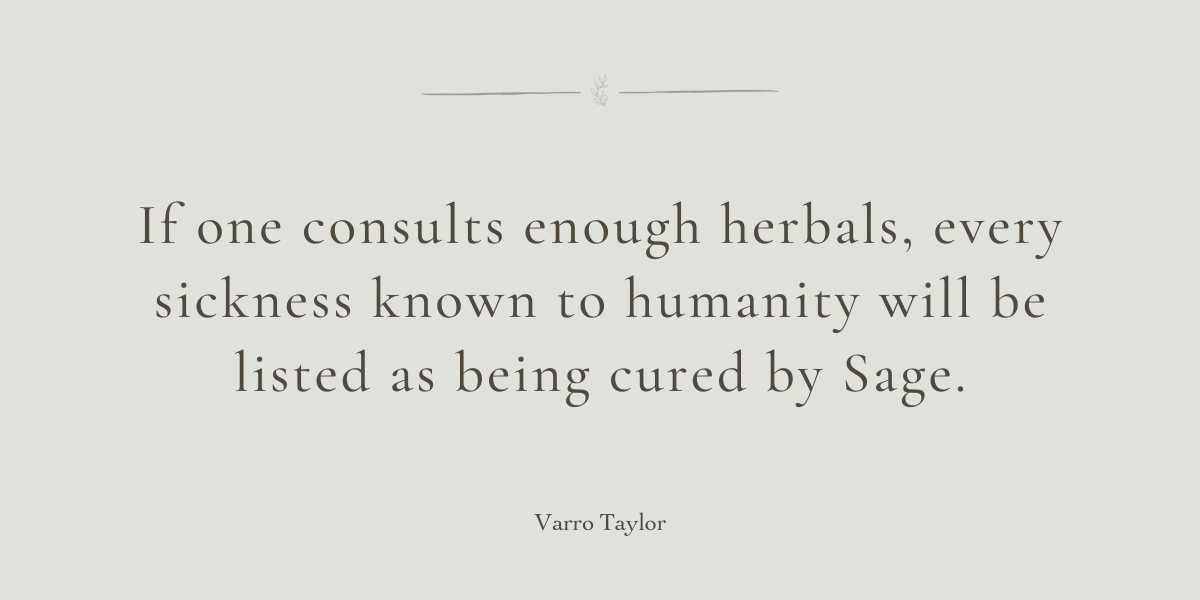
Nutrition
The herbal component of Sage includes many notable plant-derived chemical compounds, essential oils, minerals, and vitamins that are known to have phenominal disease-preventing, and health-promoting properties.
Sage contains rosmarinic acid which is a potent anti-inflammatory compound that can help reduce swelling and inflammation. It is considered highly beneficial for conditions such as rheumatoid arthritis, fibromyalgia, bursitis, asthma and atherosclerosis. Sage has anti-microbial and anti-bacterial properties and is an excellent natural remedy for fungal, viral and bacterial infections.
A simple Sage infusion (see below) has the ability to provide relief from acidity and to aid the digestion of fatty and hard to digest foods. Sage is known as the thinker’s herb as it has an outstanding ability to enhance attention span, support concentration and improve sensitivity while providing support when dealing with grief and depression.
Sage can help to regulate the menstrual cycle and prevent excessive sweating in woman after menopause. Sage has the ability to neutralise free radicals with significant anti-aging and longevity benefits. It also contains antiseptic properties and is widely found in natural creams, lotions and salves to speed the healing of cuts and wounds and to clear up most skin diseases and infections.
SOURCE: Medical Medium - Sage
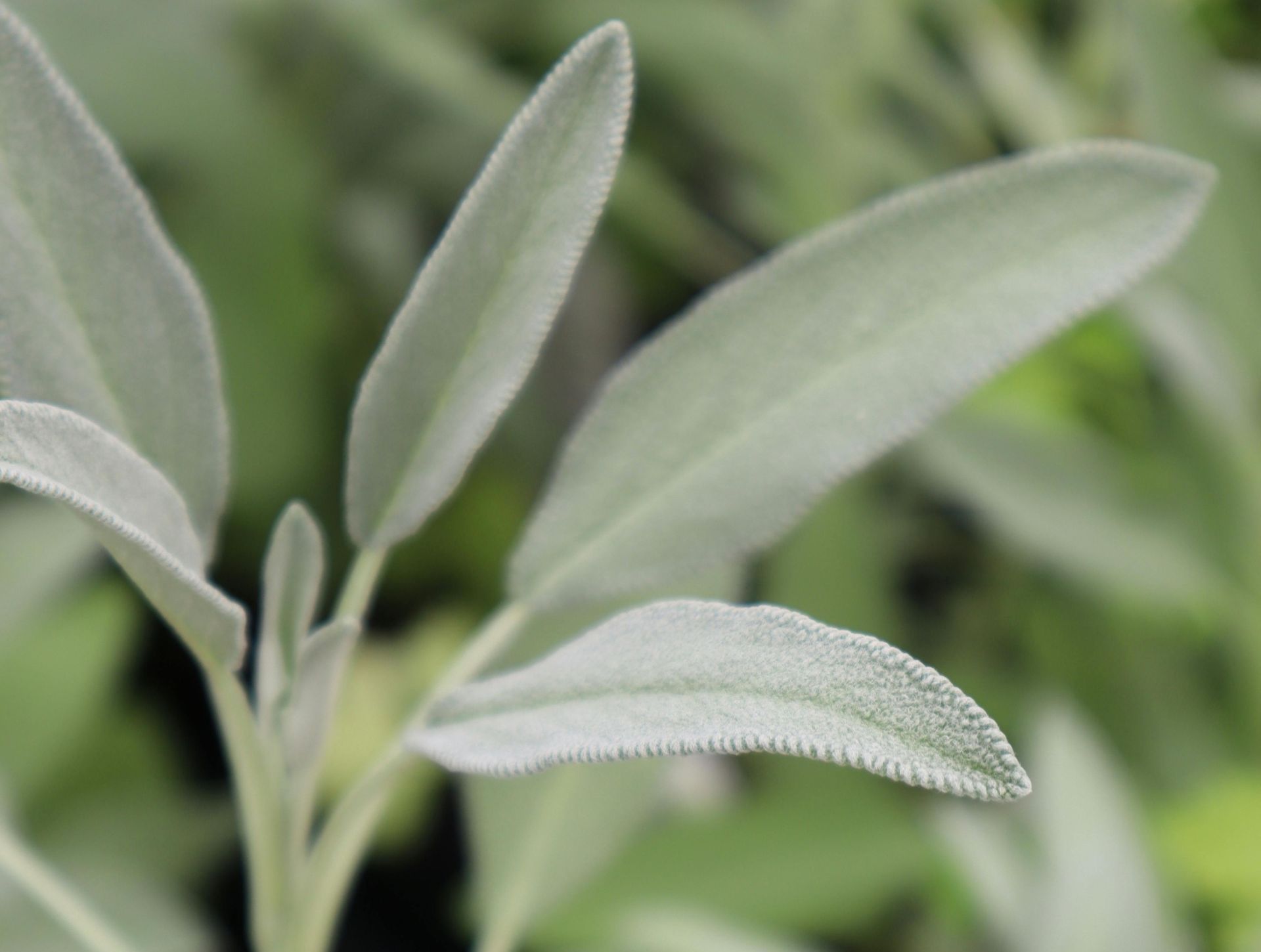
Remedies
Healing Sage Infusion
You will need 3/4 cup dried Garden Sage leaves or 2 handfuls of fresh leaves with optional Raw Honey and Fresh Lemon Juice to taste (and for added nutrients).
- Place Sage leaves into a large teapot. Pour near-to-the-boil filtered water over the leaves and fill to the top of the pot. Pop on the lid and steep for 2 hours.
- Pour off the infusion, squeeze out the leaves (to compost). Gently re-heat the infusion on the stove and add Raw Honey and/or Lemon Juice to taste.
- Pour into a container or glass to sip throughout the day. It works quickly to soothe a raw, inflamed throat and Sage’s antiseptic oils also help to heal infection.
- This is not for nursing mothers, as Sage infusion is effective for drying up breast milk. In fact, it is often used for that when a woman is ready to stop nursing.
SOURCE: The Power of Making Your Own Sage Remedy - Robin Rose Bennett

Recipes
Butter and Sage Sauce
A browned butter and sage sauce goes perfectly with gnocchi or your favorite pasta.
- 6 tbs x Butter
- 10 x large Sage leaves, finely chopped
- Juice of half a Lemon
- 1/3 cup x grated Parmesan Cheese, plus more to garnish (35 g)
How to make
- While cooking pasta to serve with your sauce, melt the butter in a non-stick skillet over medium heat.
- Saute until light golden brown in colour, add the Sage leaves and remove from heat.
- Add Lemon juice and set aside.
- Drain the pasta, reserving some of the cooking liquid. Add the pasta to the pan and return to heat.
- Add a little of the cooking liquid, then the cheese, toss to coat and serve immediately. Garnish with additional parmesan and enjoy!

I hope you are enjoying this ongoing series of posts about the healing powers and health benefits of herbs that can be grown in any sized garden - and in pots too!
Thank you for joining me on this exciting journey of herbal delights and discovery. I hope you enjoy adding Sage to your herbal teas and recipes.
Much love
Sue Xx
Thank you for helping me to keep creating free content - just for you!
Your support helps me to create beautiful content for you to enjoy and share freely with others who love Nature too
Latest Posts
All Posts
Privacy & Cookies Policy | Use of Website Terms | Online Sales Terms | Site Map
Website created and built by Sue Cartwright | No AI is or has been used to build this site or create the content herein
All Rights Reserved | Sue Cartwright | Spiral Leaf


